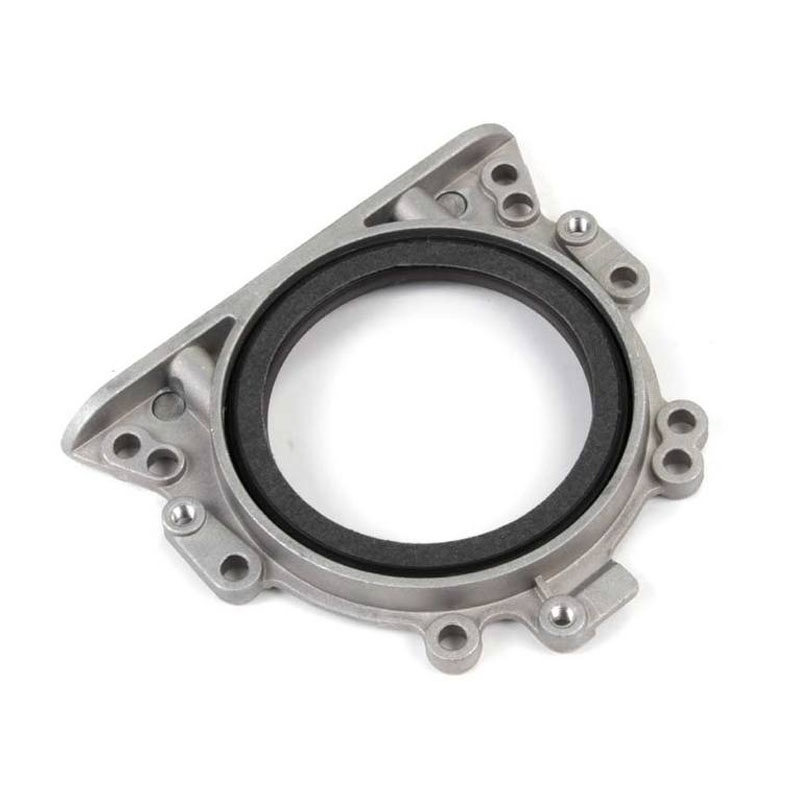transmission shift shaft seal
The Importance of Transmission Shift Shaft Seals
The transmission system in vehicles plays a critical role in ensuring smooth and efficient operation. Among the many components that contribute to the effectiveness of this system, the transmission shift shaft seal is often overlooked. However, this seemingly minor part is essential in maintaining optimal performance and prolonging the lifespan of the transmission.
What is a Transmission Shift Shaft Seal?
The transmission shift shaft seal is a rubber or synthetic seal that is located at the point where the shift shaft exits the transmission casing. Its primary function is to act as a barrier, preventing transmission fluid from leaking out of the gearbox while also keeping dirt, dust, and moisture from entering the system. This is vital, as the transmission fluid plays a crucial role in lubricating internal components, providing hydraulic pressure for shifting, and facilitating heat dissipation.
Why is the Seal Important?
1. Prevention of Fluid Leaks One of the most significant functions of the shift shaft seal is to prevent leakage of transmission fluid. A leak could lead to a drop in fluid levels, compromising the lubrication and cooling of the transmission, potentially resulting in overheating and significant damage. Therefore, an effective seal is critical to maintaining the proper functionality of the transmission.
2. Protection From Contaminants In addition to retaining fluid, the shift shaft seal protects the internal components of the transmission from external contaminants. Dust, dirt, and moisture can cause corrosion and wear on gears and other moving parts. By providing a reliable sealing solution, the shift shaft seal helps to extend the lifespan of the transmission system.
3. Maintaining Performance When the transmission fluid is at the correct level and free from contaminants, the entire transmission system operates more efficiently. Smooth shifting and proper engagement of gears can be affected by the condition of the shift shaft seal. A compromised seal can lead to erratic shifting, slipping, or even complete failure of the transmission.
transmission shift shaft seal

Signs of a Failing Shift Shaft Seal
Drivers should be aware of several signs that may indicate a failing shift shaft seal. Common symptoms include
- Transmission Fluid Leaks Puddles or spots of red or brown fluid under the vehicle can indicate a leak from the transmission area. If you notice fluid leaking, it’s essential to address the issue promptly.
- Unusual Shifting Patterns If the vehicle struggles to shift gears or experiences irregular shifts, the shift shaft seal may be faulty. This can lead to severe transmission issues if not resolved.
- Fluid Contamination Checking the transmission fluid regularly can help identify problems early. If the fluid appears dirty or has a burnt odor, it may indicate the presence of contaminants due to a compromised seal.
Conclusion
While the transmission shift shaft seal may seem like a small component in the grand scheme of a vehicle's transmission system, its role is pivotal. Regular maintenance checks and timely replacement of the seal when necessary can prevent extensive damage and costly repairs, keeping the vehicle running smoothly. Being proactive in monitoring your vehicle’s health can lead to a safer and more dependable driving experience. If you suspect any issues related to your transmission system, consulting a qualified mechanic is always a wise choice.
-
Your Essential Guide to Car Repair Kits: From Rust to Dings
News Jun.13,2025
-
Understanding Vital Engine Seals: Key Gaskets in Diesel and Performance Engines
News Jun.13,2025
-
The Vital Role of Bearings in Marine and Boating Applications
News Jun.13,2025
-
Sealing the System: A Complete Guide to Engine Oil Gaskets
News Jun.13,2025
-
Sealing the Foundation: A Complete Guide to Engine and Transmission Pan Gaskets
News Jun.13,2025
-
Essential Bearings and Hubs for Marine Vessels and Trailers
News Jun.13,2025
-
Your Complete Guide to Automotive Oil Drain Plugs and Valves
News Jun.12,2025
Products categories















